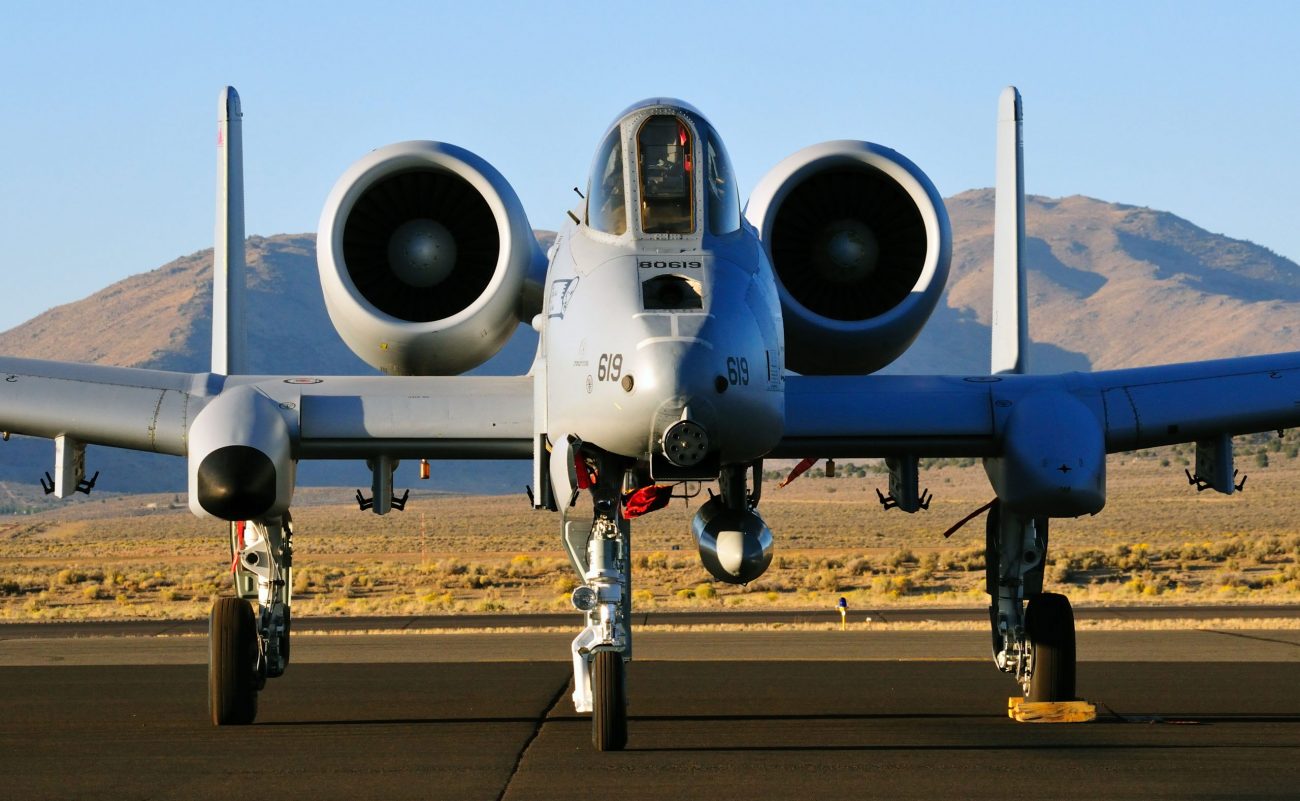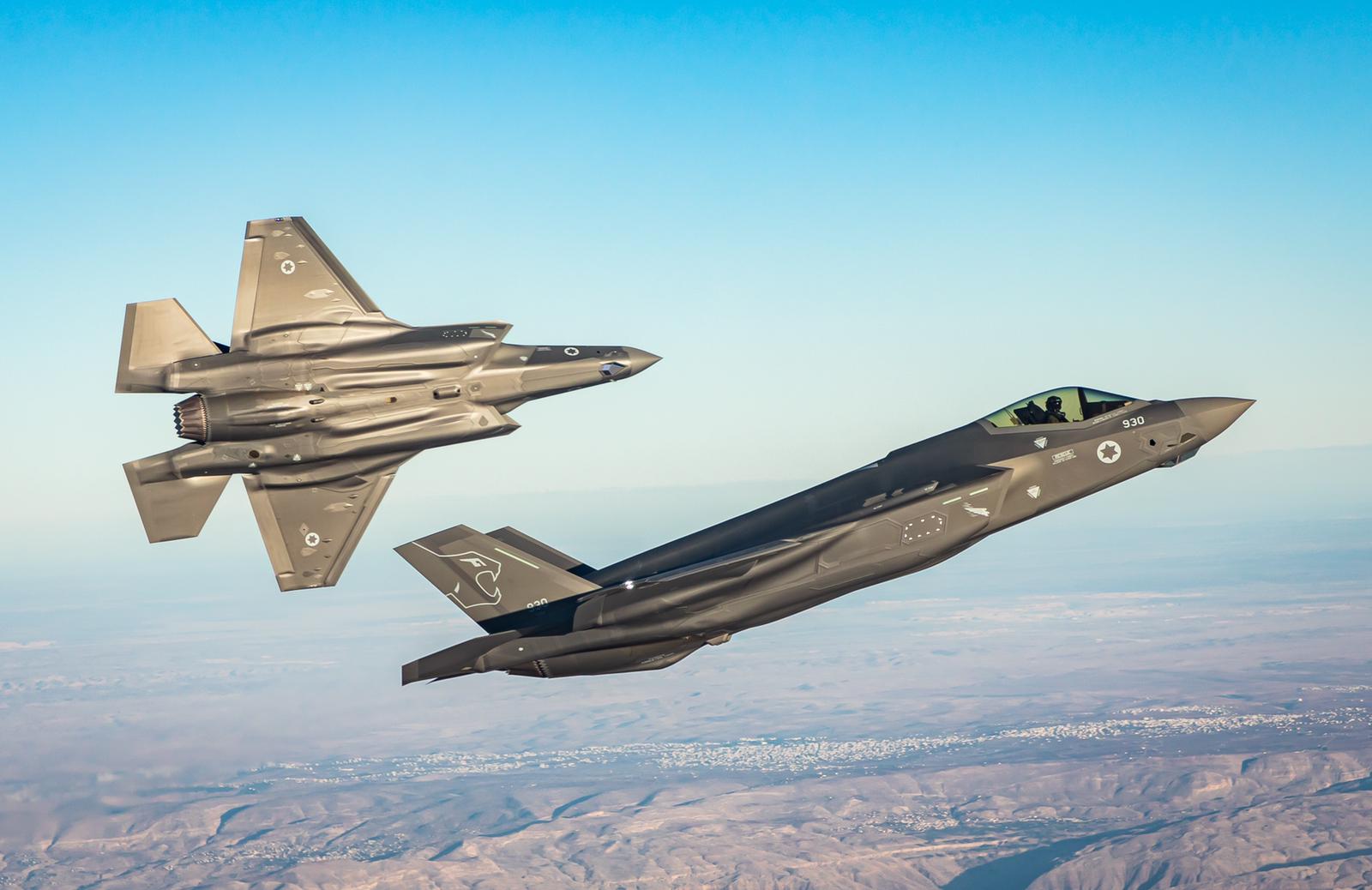The United States is reportedly dispatching additional fighter jets, including F-35s and F-15s, to the Middle East to reinforce its military presence in the region.
A US official familiar with the subject told CNN that the US Air Force is set to send an additional 20-25 F-15 and F-35 multirole fighter jets to the Middle East in the upcoming days.
The primary objective behind the deployment of extra fighter jets is to act as a deterrent against potential Iranian aggression or the spread of hostilities beyond the borders of Israel, as per the US official.
On October 8, Defense Secretary Lloyd Austin revealed plans to strengthen the US fighter squadrons operating in the Middle East under the jurisdiction of US Central Command. In addition to the increased presence of F-35s and F-15s, Austin also disclosed that F-16 and A-10 squadrons in the region would receive additional support.
Although the F-35s, F-15s, and F-16s are advanced fighter jets well-equipped to address contemporary battlefield challenges, the A-10 Thunderbolt ‘Warthog’ subsonic attack aircraft is considered relatively dated and is frequently characterized as susceptible to MANPADs and other modern anti-aircraft systems.
The initial deployment of these aircraft to the region took place in late March as the United States sought to enhance its airpower in response to escalating tensions involving Iran-backed forces in Syria. The A-10s were assigned to monitor the Strait of Hormuz due to a series of attempted seizures by Iranian maritime forces in the area.
At the time, Lt. Gen. Alexus Grynkewich, who leads Air Forces Central Command, said, “There certainly are maritime threats that are out there that are promulgated by the Iranians. The A-10 brings you a capability that can counter that, as well—kinetically if necessary with those rockets and the gun.”

Grynkewich commented that the Air Force’s choice to retire the A-10 seems logical considering its current state; however, he emphasized that the aircraft still holds significant value in the Middle East.
On the other hand, F-35 fighter jets were dispatched to the region in mid-July as a response to Iranian provocations in the vital Strait of Hormuz, a crucial waterway in the Middle East.
While the deployment of these fifth-generation aircraft concluded just days ago, additional F-35s are set to be deployed to the region in light of the heightened tensions between Israel and Hamas, amid concerns that this conflict could potentially escalate into a broader regional crisis.
Earlier in 2021, US Air Force Secretary Frank Kendall directly called the A-10 Warthog an aging aircraft that should be decommissioned to allow the service to focus more on China. He referred to the fleet’s old iron as “an anchor holding back the Air Force.”
Iran’s Involvement In Plotting Hamas Attack On Israel
Meanwhile, according to a report published in The Wall Street Journal, Iran assisted Hamas in planning the rocket attack on Israel and endorsed the assault during a meeting in Beirut last week.
The report noted that officers from Iran’s Islamic Revolutionary Guard Corps (IRGC) have been collaborating with Hamas to orchestrate the lethal assault since August. During the meeting in Beirut, IRGC officers were joined by representatives from four other Iranian-backed militant organizations.
Following the unexpected attack by the Palestinian militant group, Israeli Prime Minister Benjamin Netanyahu pledged to respond with “mighty vengeance for this black day.”
“What happened today has never been seen before in Israel, and I will ensure it never happens again,” Netanyahu said in a speech to the Israeli people.
Netanyahu emphasized that this “dark day” would not go unpunished, pledging to seek retribution. He also issued a call to reserve forces, summoning them for decisive operations in Gaza and to ready themselves for potential warfare on multiple fronts.

Israeli forces launched a relentless series of airstrikes and offensives in the Gaza Strip. The airstrikes targeted residential buildings, tunnels, a mosque, and the residences of Hamas officials in Gaza.
Meanwhile, during a phone call on October 8 morning, US President Biden reassured Prime Minister Benjamin Netanyahu, confirming that military assistance was already in transit and that further support would be forthcoming.
The Biden administration’s commitment to providing military assistance was strategically crafted to reaffirm the United States’ dedication to Israel’s security and convey steadfastness in the face of challenges posed by Hamas and other regional adversaries.
This assurance was extended despite several months of tension between President Biden and Prime Minister Netanyahu, stemming from disagreements related to Netanyahu’s push for judicial reforms that many Israelis have criticized as undemocratic.
- Contact the author at ashishmichel(at)gmail.com
- Follow EurAsian Times on Google News




